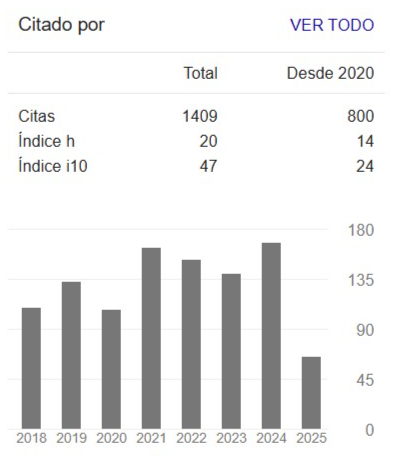Espacios públicos lineales en las ciudades latinoamericanas
Palabras clave:
Calle, alameda, paseo, avenida, camellón, malecón, América LatinaResumen
El artículo analiza el tema de los espacios públicos lineales en las ciudades latinoamericanas. Lugares de paso que connotan la idea de diversión, de encuentro casual y frívolo, donde se escenifica la vida colectiva y, como en el teatro, uno ve y es visto por los demás; por ello sirven como lugar de reconocimiento de los distintos grupos sociales y como afirmación de la comunidad. La autora empieza examinando las palabras que designan espacios urbanos públicos lineales, como: calle, calzada, alameda, paseo, avenida, camellón y malecón; y luego, con el fin de proporcionar un marco comparativo que muestre cómo existe una preocupación generalizada en América Latina sobre los temas de espacio público, analiza espacios lineales recientes en ciudades latinoamericanas como Sao Paulo, San Juan de Puerto Rico, Guayaquil, Monterrey y Nuevo León.
Descargas
Citas
Brockhaus, F.A. (1903). Breve Descripción de la República de Chile. Leipzig: Imprenta de F.A. Brockhaus.
Castro, Casimiro (1862). México y sus alrededores. México: Establecimiento Litográfico de Decaen.
Corominas, Joan & Pascual, José A. (2003). Diccionario crítico etimológico castellano e hispánico, 6 vol. Madrid: Gredos.
García-Pelayo, Ramón (1992). Diccionario Larousse Francés/ Español. Barcelona: Ediciones Larousse.
May B. & Cia. (1848). Álbum Pintoresco de la Isla de Cuba. La Habana: May B. & Cia.
Prevost d´Éxile, Antoine François (1758). Histoire Génerale des Voyages. París: Prevost d´Éxile.
Wong Chauvet, Daniel (2006). Del caos al orden: Guayaquil y su desarrollo urbano actual. Ciudades: Revista del Instituto Universitario de Urbanística de la Universidad de Valladolid, N° 9: 179-192.
Descargas
Publicado
-
Resumen472
-
PDF258
Cómo citar
Número
Sección
Licencia

Esta obra está bajo una licencia internacional Creative Commons Atribución-NoComercial-CompartirIgual 4.0.




 Portal de Ciencia Abierta
Portal de Ciencia Abierta